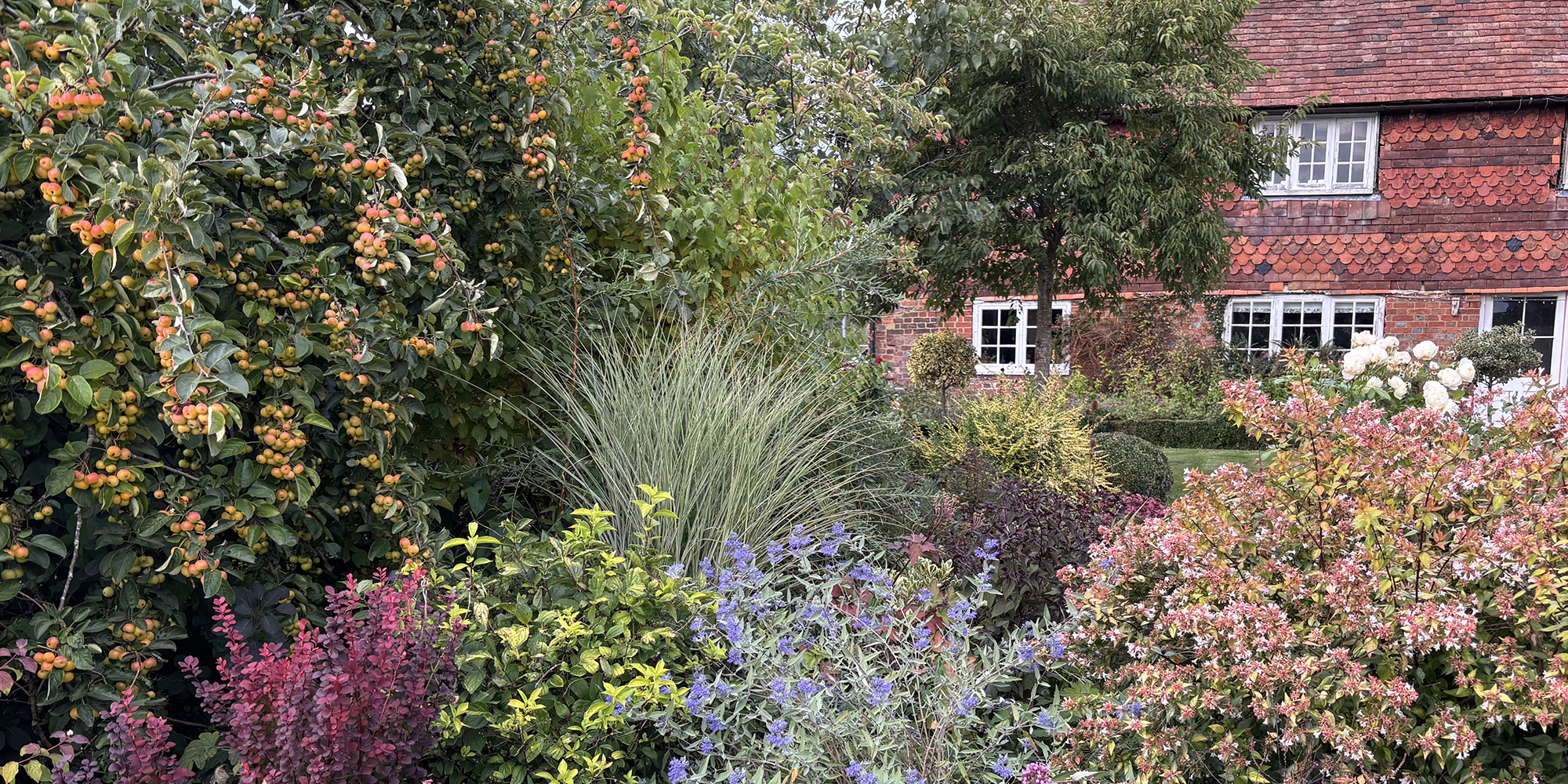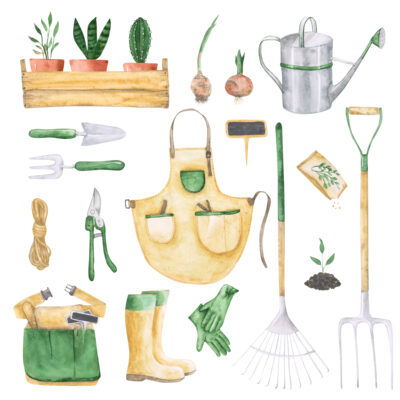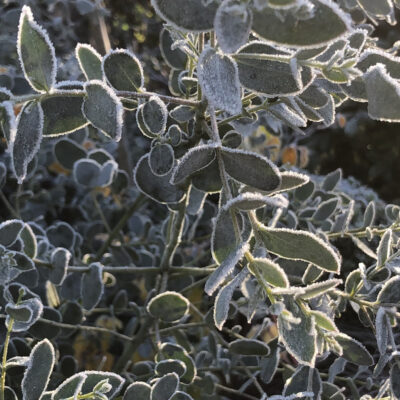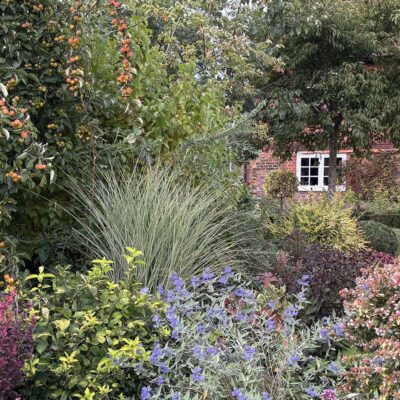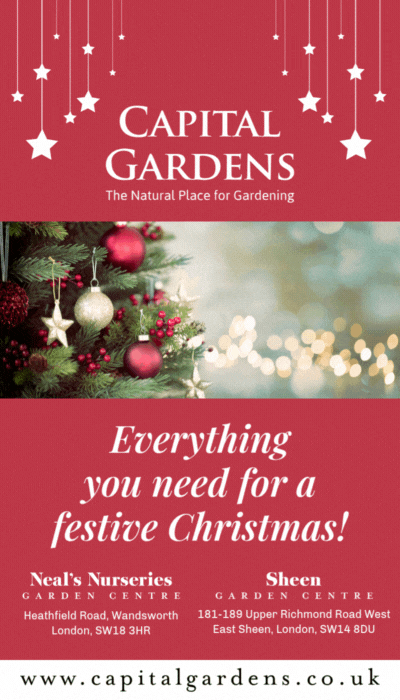Jo Arnell gives her recommendations for plants that thrive naturally in the great British climate
Our native plants are tough. Able to survive frosts, wet winters and – once established – short periods of drought too. They are the bedrock, the underpinning of the life around us, supporting insects that pollinate our crops, providing habitats and, at the root, a healthy ecosystem.
The advantages of growing native plants in our gardens are not always obvious or visible – a lot is happening under the ground in mysterious, microscopic interactions, but if you have a vegetable garden you will know how important pollinators are, if you love watching the birds you will know what attract them, and if you don’t want to use chemical pesticides in your garden, then you will appreciate the army of pest controllers. The best way to achieve all this – and in a relatively low maintenance way, is to go native.
It’s almost impossible to create a garden using only indigenous plants; even those that we think of as native might not be – box for example, although we think it’s always been here, was most likely brought in by the Romans. Nevertheless we should try to incorporate a few if we can. It’s important – and (in case this might have put you off before) it doesn’t have to look wild and unruly.
Structure and design
The backbone of a good mixed border will be the shrubs. These provide focal points, structure and will bridge seasonal gaps as the more ephemeral plants come and go. There are only around five evergreen trees that naturally grow here – Holly, Yew, Scots Pine and Juniper. Most other woody plants originating in the northern hemisphere are deciduous, shedding their leaves and going into a period of dormancy because our winters are cold – at least they used to be…Creating a layered effect in the border will mimic what happens in nature – habitats are made up from plants of differing heights – small trees like Rowan, Birch and Crabapple make a good canopy of dappled shade and provide food and safe perching and nesting sites. Lower down shrubs and climbers will bring dense cover and sustenance. Holly, species roses and shrubs like Viburnum opulus (Guelder rose) provide nectar in spring and later winter fruit. Ground cover like Bugle (Ajuga reptans), wild Strawberry or sweet Woodruff will spread over the ground, providing food and shelter for a range of ground dwellers and foragers.
Ivy is one of the very best plant for wildlife. It can be a climber, ground cover – and even a straggly tree once it’s matured, providing habitats for insects, birds and small mammals. Ivy flowers in the autumn, so it’s a very useful source of late nectar and then in the winter the clusters of small black fruits are the most energy rich of all the berries. Hedges provide living boundaries and our natives – Yew, Beech and Hornbeam can look really good too. They can be kept formal and neat while still providing shelter. A hedge will also give the garden shelter from the wind and where a solid fence might blow down in a storm, it will filter the wind and create a sheltered microclimate on the leeward side. Hawthorn (Crataegus monogyna) is often called Quickthorn because it grows very fast, establishing well and able to cope with a wide range of conditions. I planted an edible hedge a few years ago – using a mix of Hawthorn, Blackthorn, Wild rose, Hazel, Spindle and Crabapple. It doesn’t look tidy and is most suited to a wilder patch, because regular tight clipping will snip off the blossom and fruits. Prune a fruiting hedge in late winter, once the berries have been eaten (and remember that it’s illegal to cut hedges during the nesting season) between March and August.
Shady characters
Areas of dry shade can be a real problem to plant up, but there are lots of natives that will grow at the base of trees, under shrubs or round the back of the bin store – the tricky patches where daintier plants would fear to tread. The Victorians knew a bit about gloom and were mad for ferns, cultivating them in dingy parlours, sooty side alleys and whimsical stumperies. All ferns prefer shade, but (and apologies for all the unpronounceables) Dryopteris affinis and to a lesser extent D. filix-mas (the male fern), the broader leaved Hart’s-tongue fern (Asplenium scolopendrium) and several evergreen Polystichum varieties are great for dry shade – and look architectural too.
Other shade lovers will compliment the ferns through the year. Try Primroses and Violas in the spring, Geranium sylvaticum for summer and the autumn crocus, Colchicum autumnalis (not technically a crocus, but a lily and have the nickname ‘naked ladies’ because the flowers appear once the leaves have died down) will shine out in the low light at the end of the season.
Naturalising
Looking natural is not as easy to achieve as being natural. Sadly so many of our meadow, hedgerow and woodland plants are classed as weeds – they are rampant self-seeders with few manners. A meadow is the countryside equivalent of the mean streets, where the hustling inhabitants live fast and die young – rushing to grow, flower and set seed as quickly as they can. They think nothing of growing in miserable thin soil – ‘luxury!’ they shout – and given the equivalent of satin sheets (aka our flowerbeds, they multiply with enthusiasm) and make us cross. If we want butterflies and bees in our gardens though, we’ll have to let some of them in. Nectar is one thing – and nectar is available from garden centre plants, but larval stages are particular about their food sources, so it is worth growing a range of wildflowers among meadow grasses – and many caterpillars feed on grasses. A meadow can be made to look less like you’ve neglected your lawn if you mow neat paths of short grass through it – that way the wild plants are corralled and the paths bring order and definition.
Bulbs look good around trees and in shadier hedgerows and meadows – and provided they are suited to the conditions – will naturalise and spread around, providing early nectar and interest. Most of our native bulbs are woodlanders, popping up to flower before the canopy of leaves appears later in the spring. Snowdrops are the first to arrive, followed by Wood Anemones, Narcissi and, if it’s damp enough, Snakehead Fritillaries. I try to avoid invasive spreaders like Bluebells and Wild Garlic – they look stunning en masse in a woodland, but will take over in a garden setting and swamp out more delicate plants.
Maintenance
These plants will not need much TLC – in fact the care they need is more related to keeping them in check and managing their spread. Our indigenous plants have learned to cope with most pests, with the vagaries of the weather – they shrug off frosts and harsh weather – and once established seem to manage drought fairly well too. Sadly there are exceptions in this era of warming and climate change. Some of our familiar trees are struggling to cope with prolonged periods of extremes – too wet and then too dry. Stressful conditions are lowering resistance to diseases like Ash Die Back, Oak Decline and fungal infections like Phytophthora. Pests that come in from warmer places are managing to survive our winters now that temperatures are rising. Our wildlife is under serious threat, familiar plants are disappearing and that threatens us all in the end
There are challenges ahead, but that makes it all the more important for us to do our bit. A single native oak can support over 2,000 species of insects and fungi. Compare that to the more exotic ornamentals that can support only a handful. Every garden, balcony and unpaved patch has the potential to become a tiny habitat – link one to another and a vital network emerges, supporting and increasing local biodiversity. In the face of the terrifying headlines we have got used to hearing, it’s sometimes hard to imagine how we can help. Growing more native plants in our gardens is an easy way to make a big difference.
Jo’s new gardening courses for 2026 are now booking. hornbrookmanor.co.uk
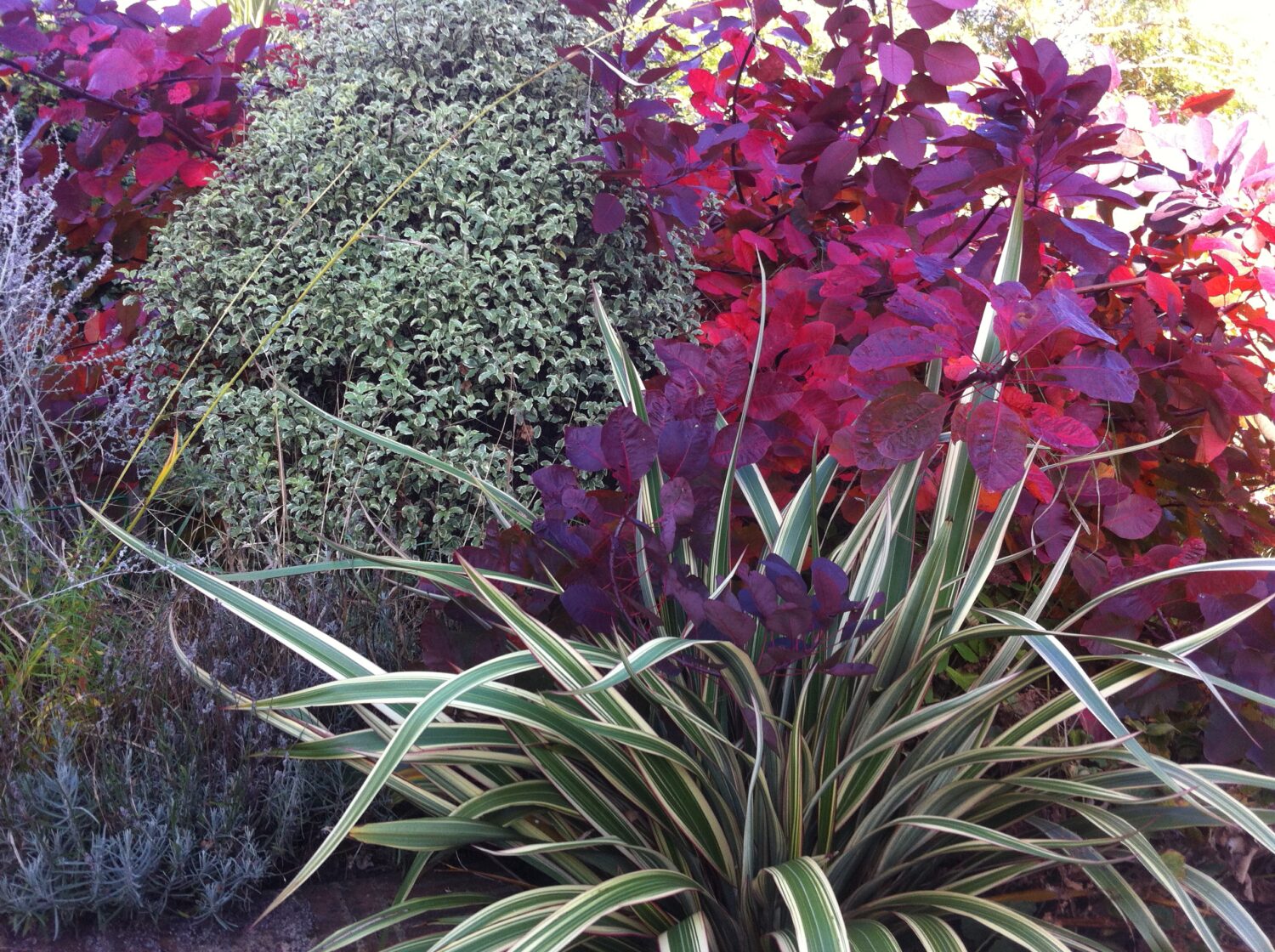
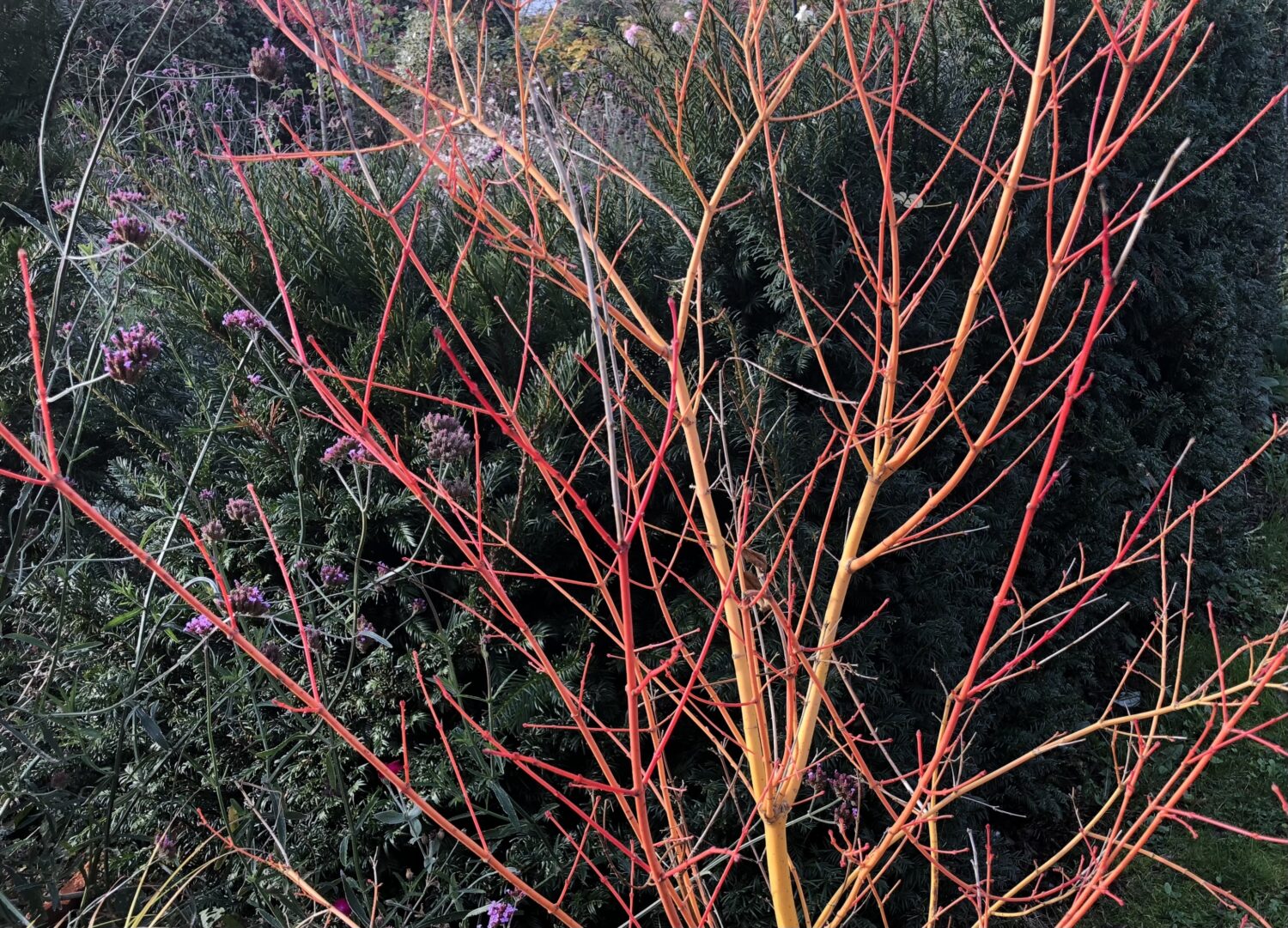
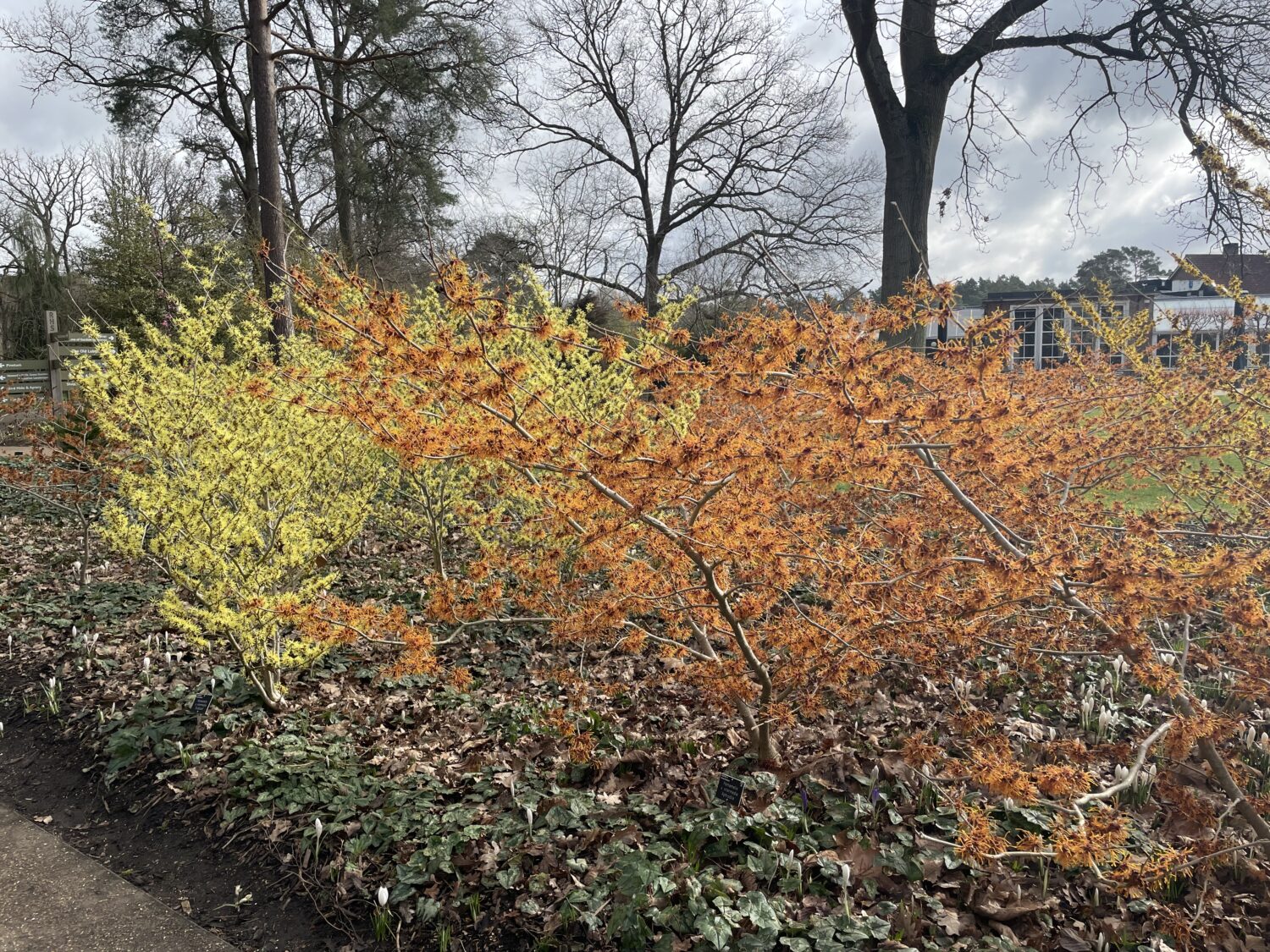
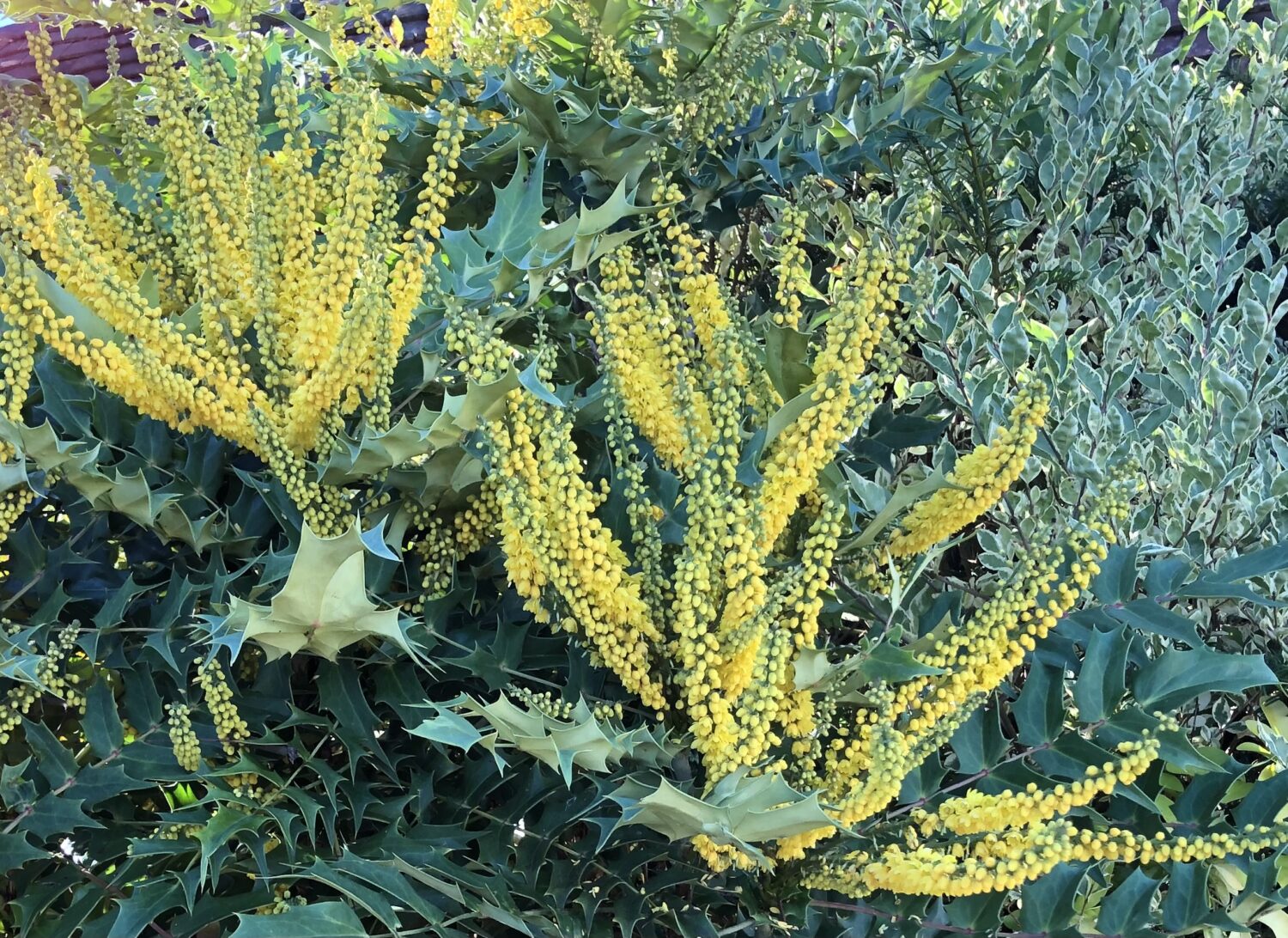
You may also like
Just one pruning thing
Jo Arnell tackles the complexities of this often dreaded garden task Pruning can seem daunting – and sometimes like one of the dark arts – every plant seems to need a different approach at some other time of the year....
In the bleak midwinter
Jo Arnell explains how to brave the dark and chilly winter blues with a little help from your garden Winter can be hard for some of us and Seasonal Affective Disorder (SAD) is a real thing, linked to the lack...
In Shrubs We Trust
Jo Arnell pays attention to some often-overlooked garden stalwarts Shrubs are back. I’m not sure that they ever went away to be honest, but drifts of perennials and meadow plants have been stealing the limelight in recent years. Perhaps it’s...
